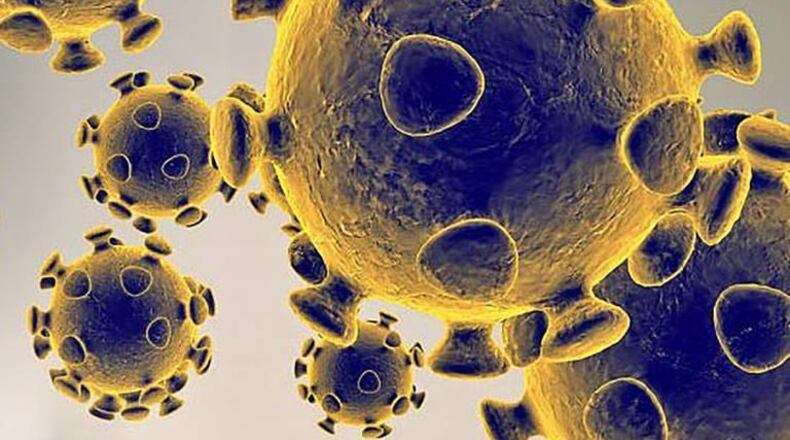Florida's Department of Health on Saturday confirmed 4,049 additional cases of COVID-19, setting another daily total record high since the start of the pandemic, according to a reporter. The state now has nearly 94,000 confirmed cases.
There were 40 more deaths announced Saturday, according to reporter Brian Entin, bringing the state's total to 3,144.
The state’s health department on Friday confirmed 3,822 additional cases.
»RELATED: 16 friends go to Florida bar and all later test positive for COVID-19
On Thursday, 3,207 cases were reported.
A Miami Herald analysis of public and nonpublic COVID-19 data found that as of June 3, new cases in Florida had consistently been trending up since mid-May and the trends could not be attributed solely to increases in testing.
And as bars, gyms, vacation rentals and movie theaters reopened at partial capacity in all but three South Florida counties, the number and rate of new COVID-19 cases were rising statewide — a troubling indicator that the disease could be spreading more quickly.
Florida Gov. Ron DeSantis said earlier this week that another shutdown is not in the plans.
“We’re not rolling back,” DeSantis said during a news conference Tuesday when asked whether he would consider stopping some reopening efforts. “The reason we did the mitigation was to protect the hospital system.”
More than half of the state’s known COVID-19 cases are in South Florida’s four counties: Miami-Dade, Broward, Palm Beach and Monroe. Miami-Dade continues to lead the state with the most confirmed cases and deaths.
One of the tools that officials are relying on to determine if the coronavirus situation is improving in the state is hospitalization data. Unlike testing, which might be limited or take days to report results, hospitalizations can help give officials a real-time snapshot of how many people are severely ill with COVID-19.
The health department says it does not “have a figure” to reflect the number of people hospitalized and only provides the total number of hospitalizations in its statewide and county-level data. On Friday, 197 hospitalizations were added, bringing the statewide total to 12,774.
While Florida’s Department of Health is not releasing current statewide hospitalization data to the public, hospitals in Miami-Dade are self-reporting a number of key metrics, including hospitalizations, to the county, which has made this data public. Some provide updates every day; others don’t.
On Thursday, 112 people were discharged and 75 people were admitted to Miami-Dade hospitals, bringing the number of hospitalizations for COVID-19 complications to 644, according to Miami-Dade County’s “New Normal” dashboard data.
Scientists are also still working to learn more about the virus, including how many people in the community are infected and have mild or no symptoms, which can make it difficult to determine what percentage of the cases hospitalizations represent.
Testing, like hospitalizations, helps officials determine the virus’ progress and plays a role in deciding whether it is safe to lift stay-at-home orders and loosen restrictions.
The recommended number of daily tests needed varies among experts, but the dean of the University of South Florida’s College of Medicine told the governor that Florida needs to test about 33,000 people every day.
Florida’s Department of Health reported 32,305 new tests Wednesday in Thursday’s daily COVID-19 update. The positive rate was 10.73% of the total, according to the report. In total, 1,783,115 tests have been conducted.
To date, 1,512,315 people have been tested in Florida. Of the total tested, 85,926 (about 5.68%) have tested positive. The state says there are 1,457 tests with pending results.
Health experts have previously told the Herald that they were concerned the number of pending results listed by the state is an undercount. This is because Florida’s Health Department only announces the number of pending test results from state labs, not private ones — and private labs are completing more than 90% of state tests.
Previously, it has taken as long as two weeks for pending test results from private labs to be added into the state’s official count, making it difficult for officials to project the size and scale of the pandemic in the state. It’s unclear how quickly results are being sent to the state from private labs, as the turnaround time varies by lab.
About the Author
The Latest
Featured

